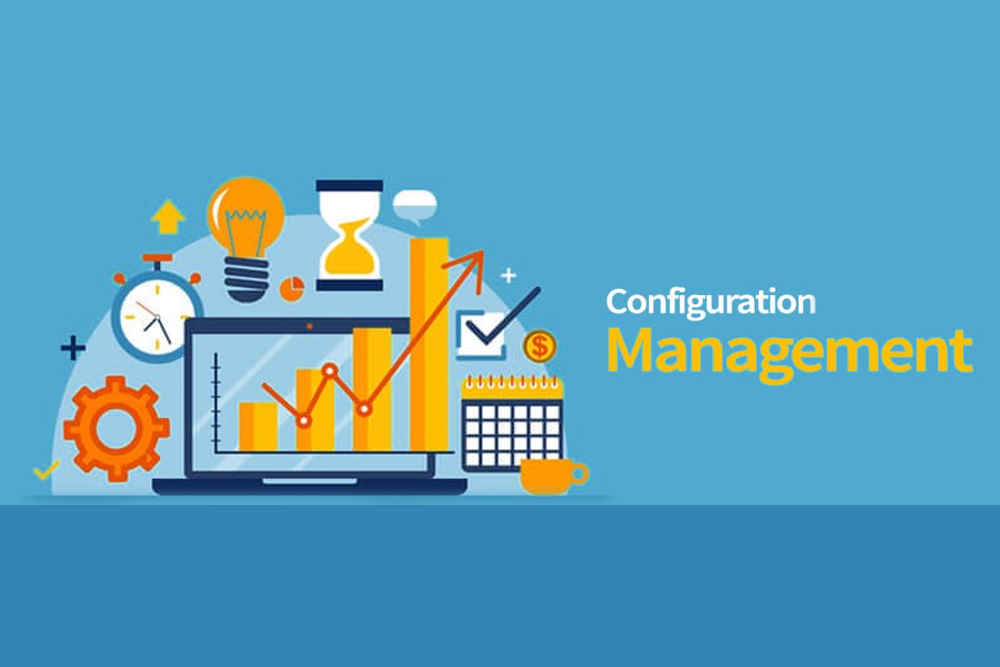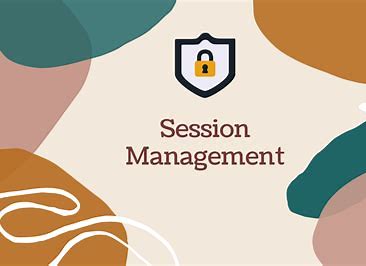
Stronger Security Drives Smarter Business with Cloud Security Testing
Cloud Penetration Testing simulates real-world cyberattacks to find and exploit vulnerabilities in cloud environments. It assesses the security of cloud platforms like AWS, Azure, and Google Cloud, including VMs, storage, APIs, databases, and IAM settings. This helps ensure your cloud assets are resilient against modern threats.



